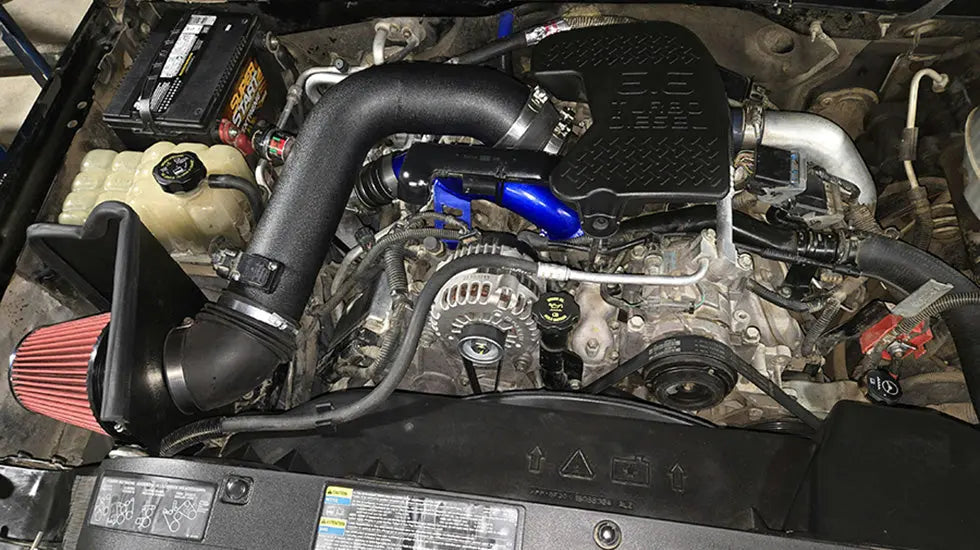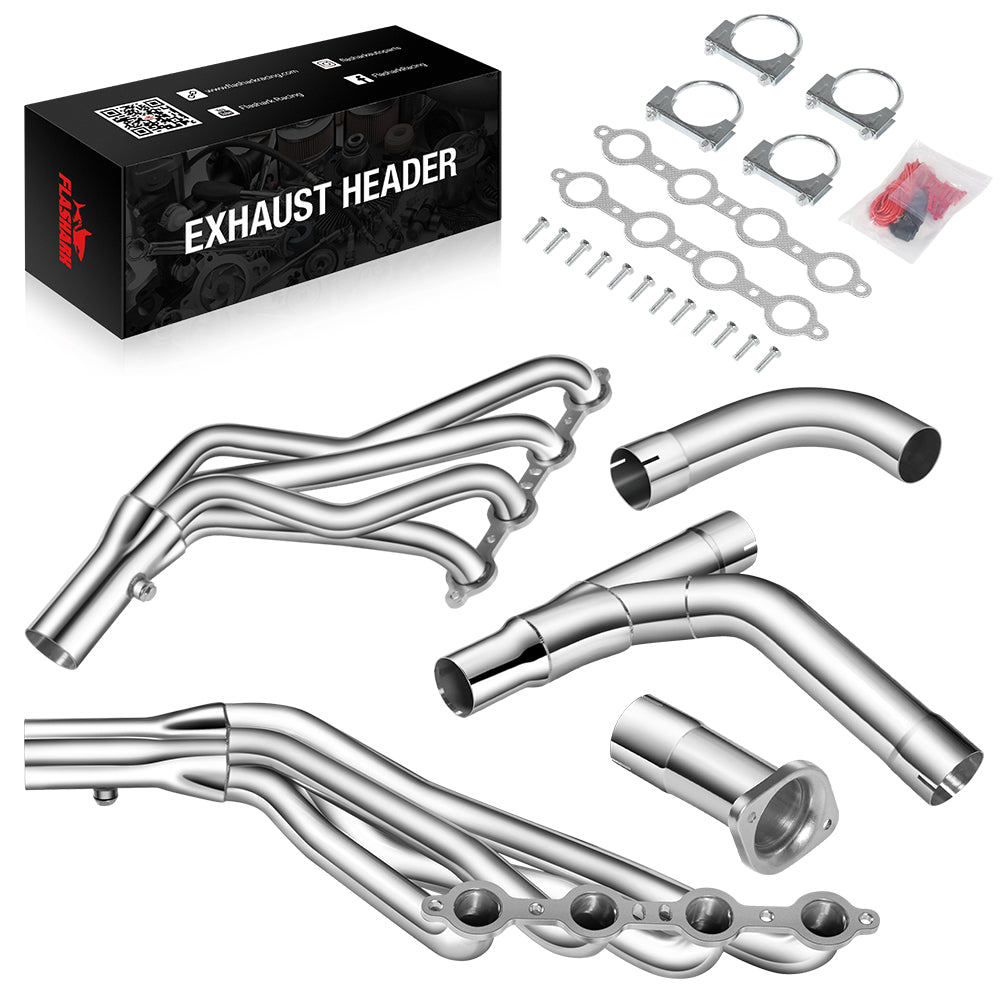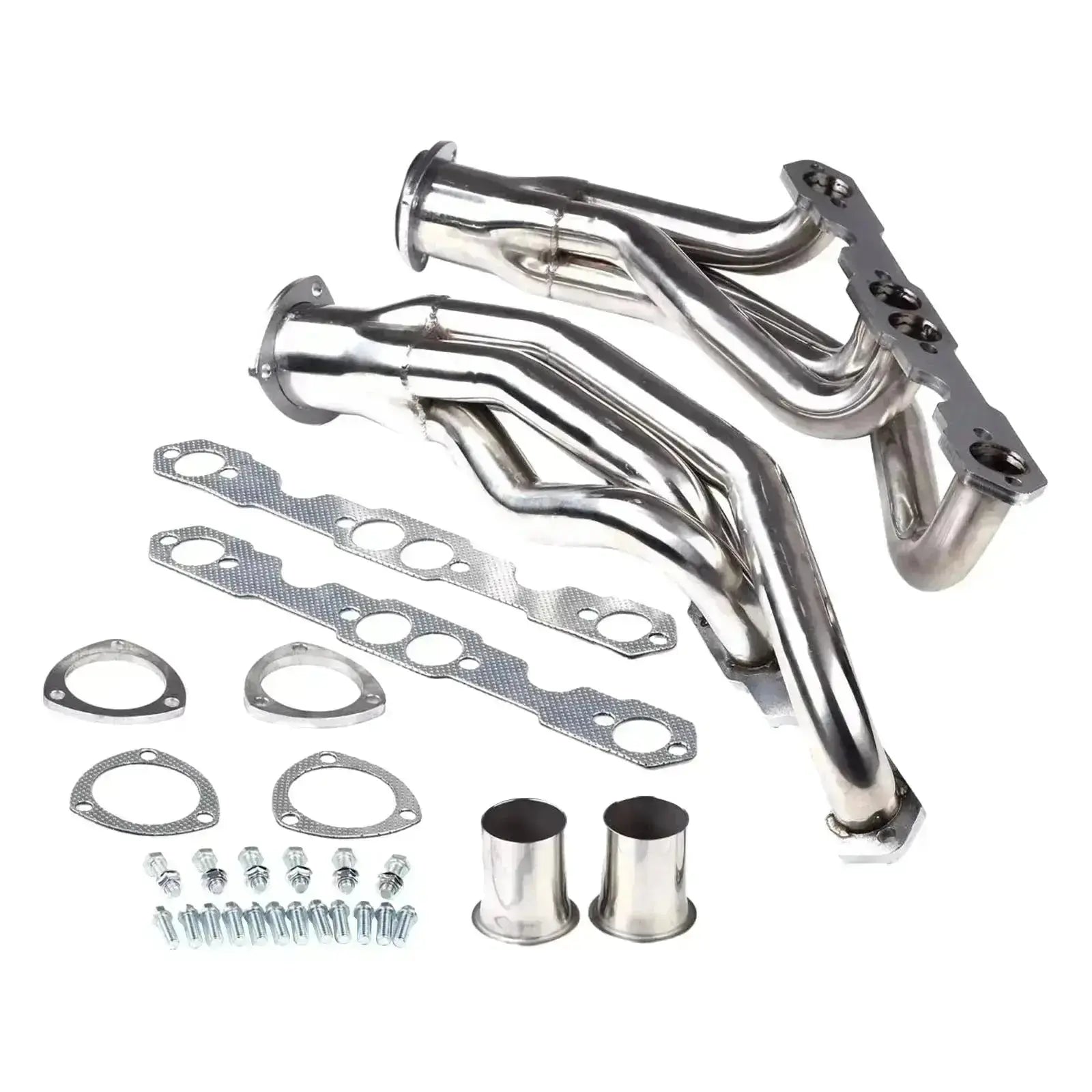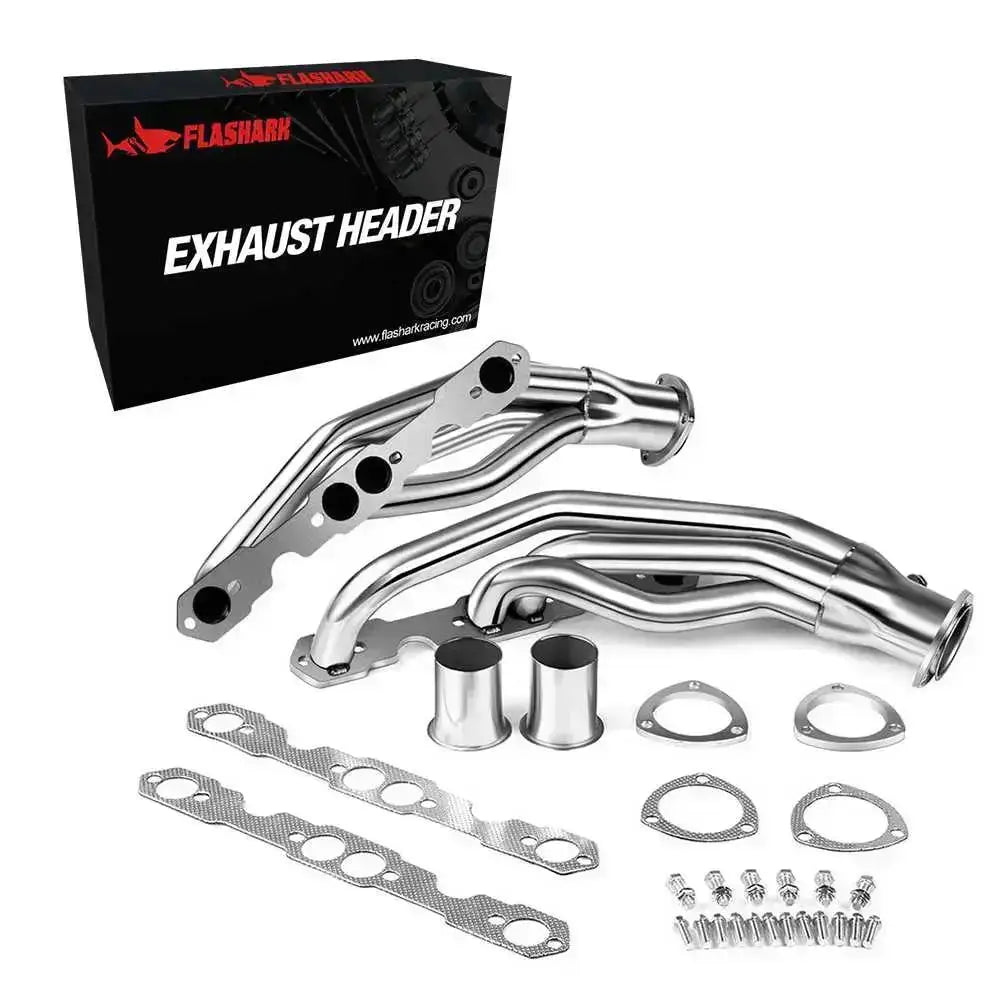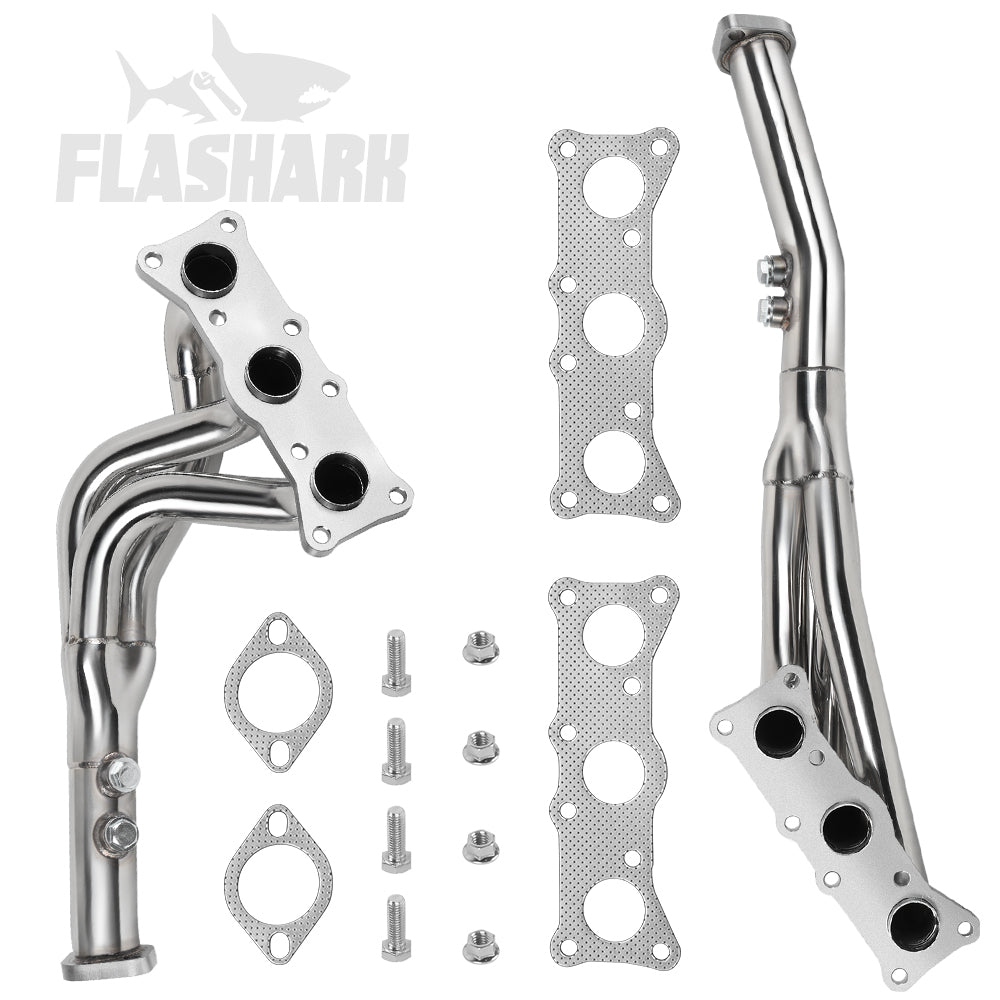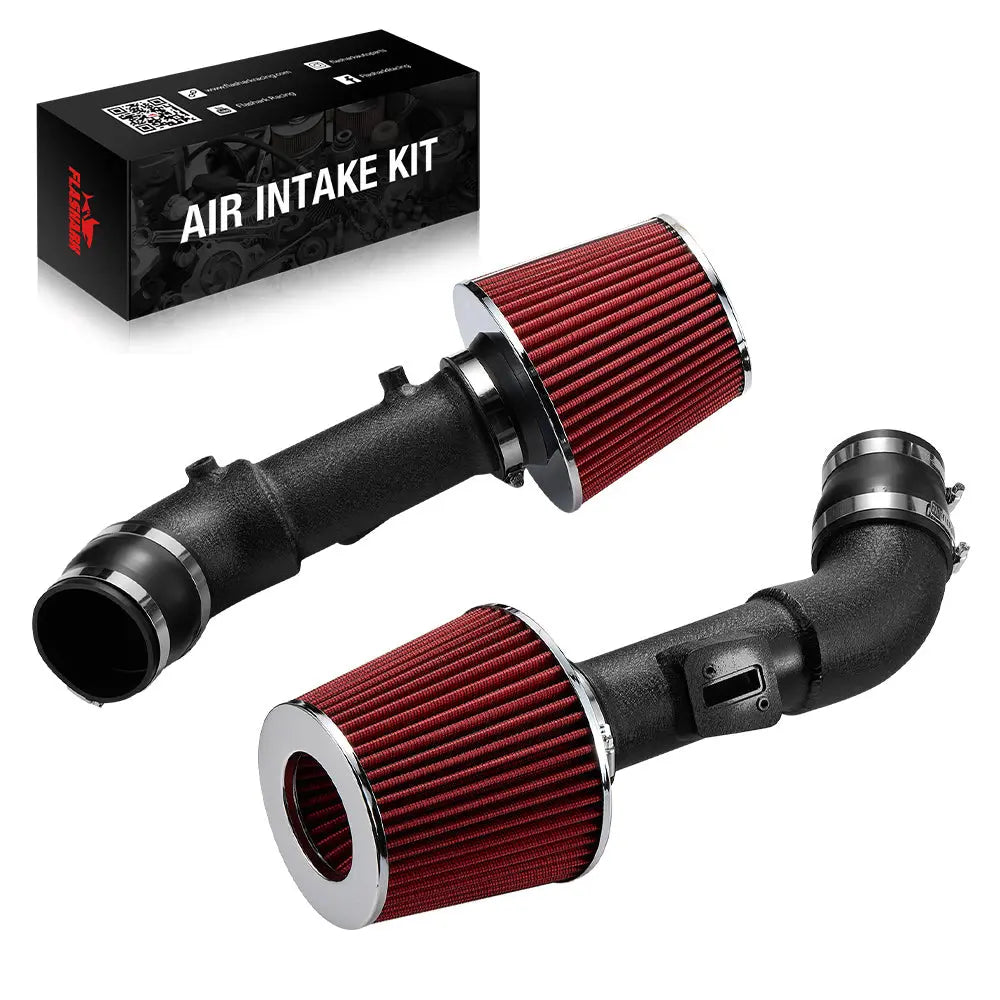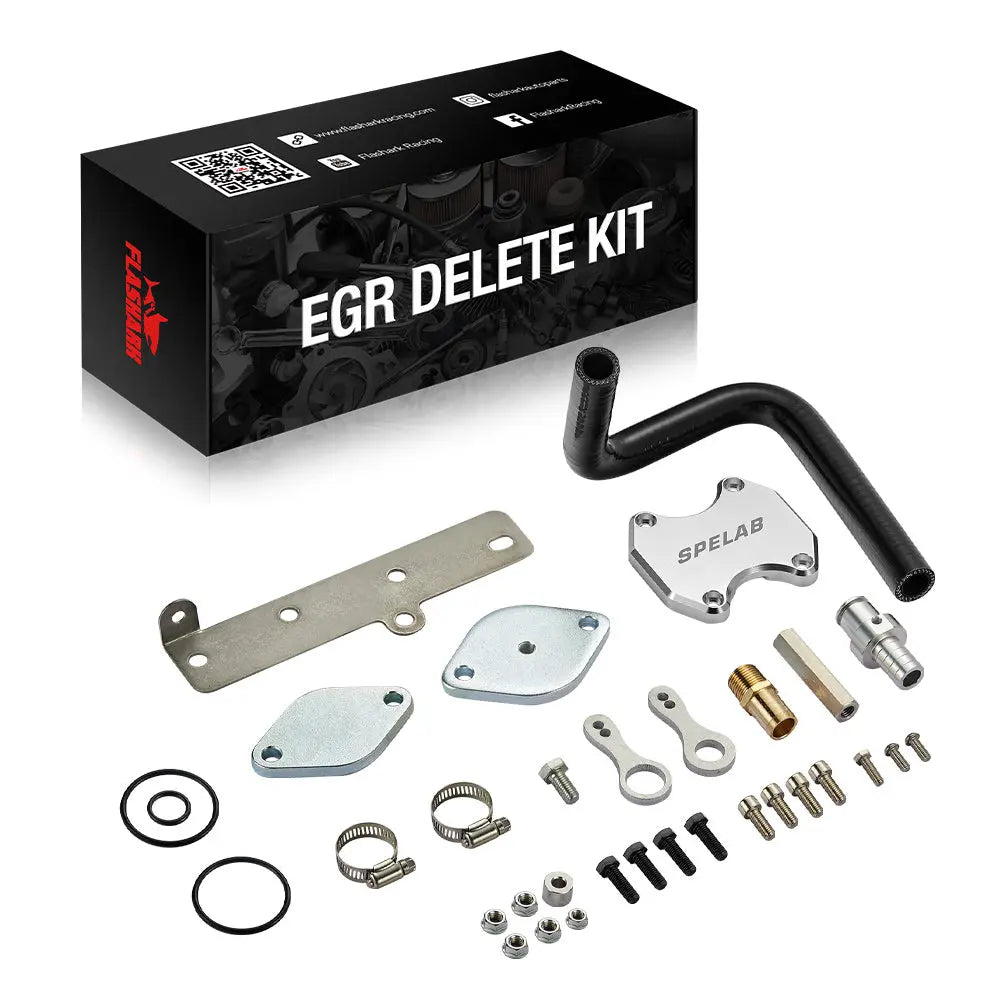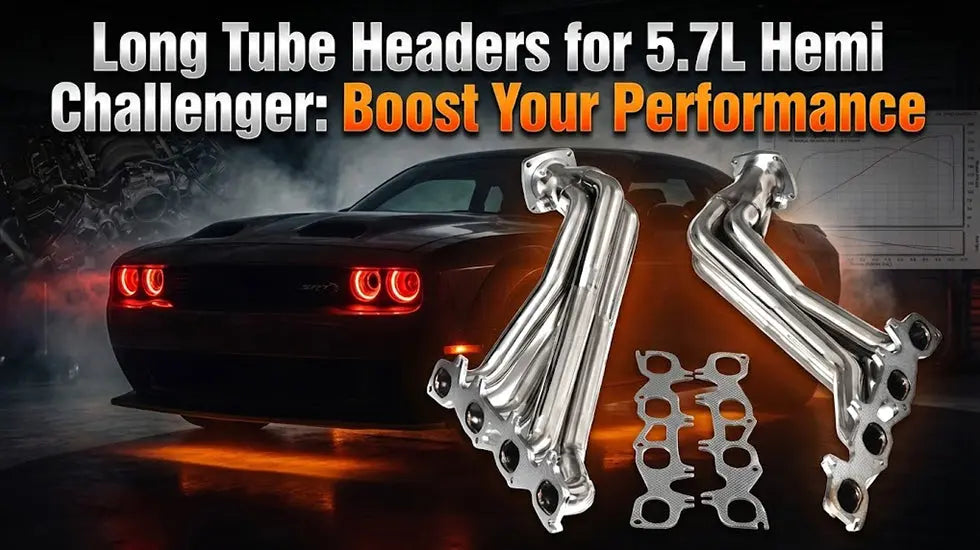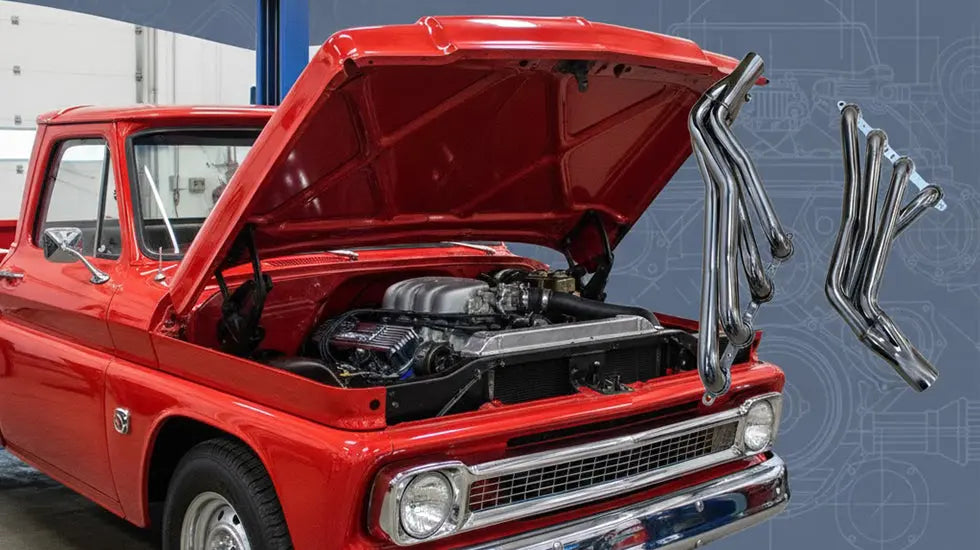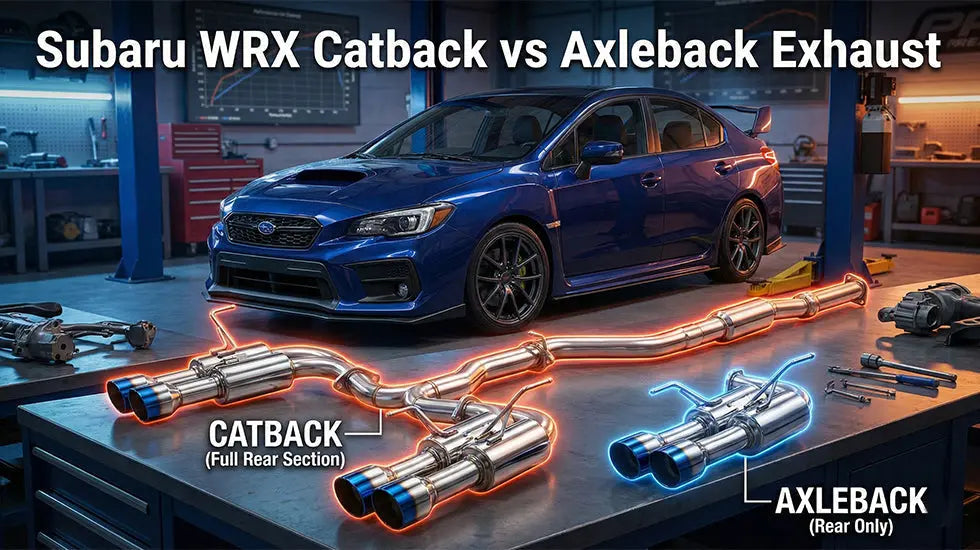Las tomas de aire frío (CAI) son una de las mejoras de rendimiento más populares entre los aficionados a los coches que buscan aumentar la potencia del motor y la respuesta del acelerador. Sin embargo, una pregunta frecuente es si la instalación de una toma de aire frío puede dañar el motor. En este artículo, analizaremos el funcionamiento de las tomas de aire frío, los riesgos potenciales y cómo garantizar la seguridad del motor al tiempo que se maximizan los beneficios de esta mejora.
¿Qué es una toma de aire frío y cómo funciona?
Una toma de aire frío es una pieza de repuesto diseñada para reemplazar el sistema de admisión de aire original del vehículo. Permite que entre aire más frío y denso al motor, lo que puede mejorar la eficiencia de la combustión. Generalmente, las tomas de aire frío cuentan con un conducto de aire más largo, un filtro mejorado y, en ocasiones, un protector térmico para evitar la entrada de aire caliente del compartimento del motor.
El principio de funcionamiento de una toma de aire frío es sencillo: el aire más frío contiene más oxígeno, lo que mejora la combustión del combustible. Esto se traduce en un mejor rendimiento, incluyendo mayor potencia, par motor y respuesta del acelerador.
En esencia, al mejorar el flujo de aire y aumentar la densidad del aire, una toma de aire frío ayuda al motor a quemar combustible de manera más eficaz, ofreciendo mejoras de rendimiento notables, especialmente en rangos de RPM más altos.
¿Puede una entrada de aire frío causar daños en el motor?
Ahora bien, abordemos el tema principal: ¿puede la instalación de una toma de aire frío dañar el motor? La respuesta corta es sí, si no se realiza correctamente. Pero es importante comprender en qué circunstancias podría ocurrir esto.
Riesgo de ingestión de agua
Uno de los principales riesgos asociados a las tomas de aire frío es la entrada de agua . Si la toma está ubicada demasiado baja, sobre todo cerca del paso de rueda o debajo del coche, puede aspirar agua durante lluvias intensas, charcos o lavados a presión. Esta agua puede entrar en el motor y provocar un bloqueo hidráulico , una condición en la que el agua entra en las cámaras de combustión, dañando potencialmente los pistones, las válvulas y el bloque del motor.
El bloqueo hidráulico puede provocar graves daños en el motor, incluyendo bielas dobladas o un motor completamente destruido, y es un riesgo que vale la pena considerar al elegir la ubicación de la admisión.
Contaminación por suciedad y escombros
Otro problema potencial es la contaminación del aire de admisión con suciedad o residuos . Si bien la mayoría de las tomas de aire frío incluyen filtros de alto rendimiento, una toma mal diseñada o instalada incorrectamente puede permitir que la suciedad y otras partículas entren en el motor. Estos contaminantes pueden causar desgaste en los componentes internos del motor , lo que conlleva un aumento de la fricción, una pérdida de eficiencia y daños prematuros en el motor.
Un mantenimiento adecuado del filtro de entrada y asegurarse de que el sistema esté sellado y montado de forma segura ayudará a prevenir este riesgo.
¿Cuáles son los factores clave que influyen en la seguridad del motor con una entrada de aire frío?
Existen varios factores que afectan directamente la seguridad y el rendimiento del motor al instalar una toma de aire frío. Aquí, destacaremos las consideraciones más importantes.

Instalación y posicionamiento adecuados
La ubicación de la toma de aire frío es fundamental. Debe colocarse en un lugar donde pueda aspirar aire fresco sin exponerse al agua, el calor ni la suciedad excesiva. Generalmente, debe instalarse en la parte superior del compartimento del motor, lejos de zonas bajas y protegida de la humedad.
También es crucial asegurarse de que el sistema esté correctamente fijado y que todas las conexiones (como mangueras y abrazaderas) estén bien apretadas para evitar fugas o piezas sueltas que podrían comprometer el rendimiento del motor.
Calidad y mantenimiento del filtro de aire
La calidad del filtro de aire es fundamental para la eficacia de un sistema de admisión de aire frío. Los filtros de alta calidad, como los fabricados con gasa de algodón aceitada (como los filtros K&N), están diseñados para retener partículas pequeñas y permitir un flujo de aire máximo. Sin embargo, estos filtros requieren limpieza y lubricación periódicas para mantener un rendimiento óptimo.
Si no se limpia o reemplaza el filtro de aire, se pueden obstruir las tomas de aire, afectar el rendimiento del motor o incluso causar daños si la suciedad logra pasar por alto el filtro.
Tipo de motor y condiciones de conducción
El tipo de motor y las condiciones de conducción influyen en el beneficio (o riesgo) que supone una admisión de aire frío. Por ejemplo, en un motor atmosférico , una admisión de aire frío probablemente proporcione una mejora notable en el rendimiento. Sin embargo, en un motor turboalimentado, los efectos podrían ser menos significativos, ya que el turbocompresor comprime el aire para optimizar el rendimiento.
Además, conducir en condiciones climáticas extremas (lluvia intensa, nieve o caminos de tierra) puede aumentar el riesgo de ingestión de agua o escombros, por lo que se deben tomar precauciones adicionales u optar por una entrada de aire diseñada específicamente para soportar dichas condiciones.
¿Cómo evitar daños al instalar una toma de aire frío?
Si te interesa instalar una toma de aire frío pero te preocupa el daño potencial, hay varias medidas que puedes tomar para reducir los riesgos asociados con esta modificación.

Elija un sistema de admisión de aire frío de alta calidad
El primer paso, y el más importante, es seleccionar un sistema de admisión de aire frío de alta calidad. Opte por marcas con rendimiento y durabilidad comprobados, y que cuenten con sólidas reseñas de clientes o certificaciones. Asegúrese de que el producto esté diseñado para brindar la filtración y protección adecuadas para su motor.
Instale la entrada de aire correctamente.
Asegúrese de que la toma de aire esté instalada en un lugar que minimice el riesgo de que entre agua o suciedad. Colocarla en una posición más elevada en el compartimento del motor o usar un protector térmico puede evitar que entre aire caliente y también la mantendrá alejada de posibles fuentes de agua. Si no está seguro de cuál es la mejor ubicación para su vehículo, consulte el manual del producto o a un mecánico profesional.
Mantener el sistema de admisión
Realice un mantenimiento periódico de la entrada de aire frío limpiando y reemplazando el filtro cuando sea necesario. Si vive en un entorno polvoriento, es posible que deba limpiar el filtro con mayor frecuencia. Asegúrese de que el sistema de entrada esté bien sellado y que no haya fugas de aire que puedan afectar su rendimiento.
Conclusión: ¿Merece la pena el riesgo de una entrada de aire frío?
En definitiva, la decisión de instalar una toma de aire frío se reduce a sopesar los posibles beneficios con los riesgos. Si se instala correctamente y se le da el mantenimiento adecuado, es poco probable que una toma de aire frío cause daños significativos al motor. Sin embargo, es importante tomar las precauciones necesarias para evitar la entrada de agua y la contaminación por suciedad.
Para la mayoría de los aficionados, las mejoras en el rendimiento —mayor potencia, par motor y respuesta del acelerador— hacen que la admisión de aire frío sea una inversión que vale la pena. Sin embargo, asegúrese siempre de elegir el producto adecuado para su vehículo y condiciones de conducción para disfrutar de estas ventajas sin riesgo de dañar el motor.
Siguiendo las pautas adecuadas de instalación y mantenimiento, podrá disfrutar con seguridad de las mejoras que una toma de aire frío aporta al rendimiento de su coche.

